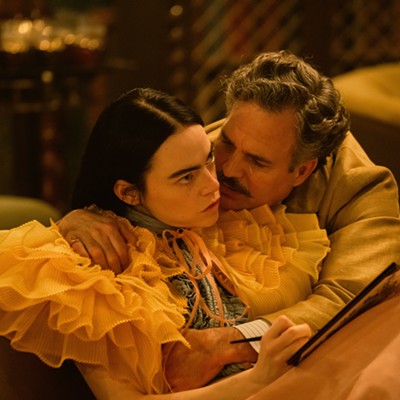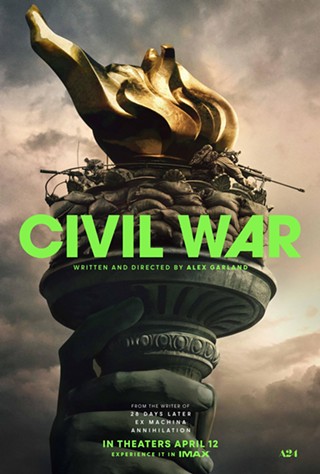At nearly 30,000 feet high, scaling Mt. Everest seems an almost impossibly cruel aspiration. And yet, about 4,000 people have managed to do it, some more than once, and 658 thrillseekers reached the summit last year alone, and because climbing it is now easier safer than ever before, even with a recent tragic avalanche.
It was a different story in 1953. At that point, nobody had made it to the top, and there were a great many fatalities along the way. Before there was a space race, we learn in Beyond the Edge, there was a race to the top of the world. Expeditions from several countries tried to climb the world's tallest peak, and here's the story of the first.
Any Jeopardy! player worth his or her salt knows that it was Sir Edmund Hillary who first made it to the summit, along with Tenzig Norgay, if you're playing the Daily Double. But most don't remember that it wasn't Hillary's expedition; John Hunt, a British World War II general, was actually leading the charge, but lack of oxygen reserves for the entire team and Hunt's own failing health forced him to turn back. In all, there were about 400 members of the expedition, each filling different roles, but the climbers themselves were slowly whittled down to Hillary and Tenzig.
Beyond the Edge is a 3-D documentary, cleverly employing old interviews of Hillary and others to weave original footage of the Everest voyage with new recreations, shot both at Everest and in New Zealand. The details are all there; in sequences where director Leanne Pooley jumps back and forth across 60 years, it's not easy to spot what's old and what's new. The story needs something to move it along; after all, we kind of know how it's going to end. This patchwork approach fits the bill, for the most part, although the recreations can't help but feel inordinately staged when the actors have dialogue we don't hear, or worse, when they express themselves entirely nonverbally.
We are, for whatever reason, drawn to the blanched desolation of frozen places like this. Sir Ranulph Fiennes, uncle of the great actor Ralph Fiennes, is the only man to climb Everest (at age 65) and reach both the North and South poles on foot. (He actually walked across Antarctica in 93 days, because somebody had to, apparently.) Is it the pull of human accomplishment that magnetizes us? It's partly that. And exploring what's left of the great unknown. Also, it has something to do with staring death in the eye and walking straight past it. Only a select few of us, like Edmund Hillary, can keep going forward against those odds.
There are other films that Beyond the Edge complements. Obviously, the terrific IMAX movie, Everest, is the standard bearer here, and perhaps the best film ever produced specifically for that medium. Also worth mentioning is Touching the Void, which told the story of a failed two-man climb up Peru's Siula Grande. That documentary, with its own recreations and retrospective interviews, fits with Beyond the Edge beautifully.
This isn't a movie that forces you to learn very much, except all the little things that made the one big thing possible. And of course, in order to see it, much of it needed to be recreated under similar conditions, which must have been backbreaking work and a logistical nightmare. But even if it largely tells you something you already know, Beyond the Edge is a terrific look into the human spirit and a reminder of what we can achieve in spite of the obstacles.










